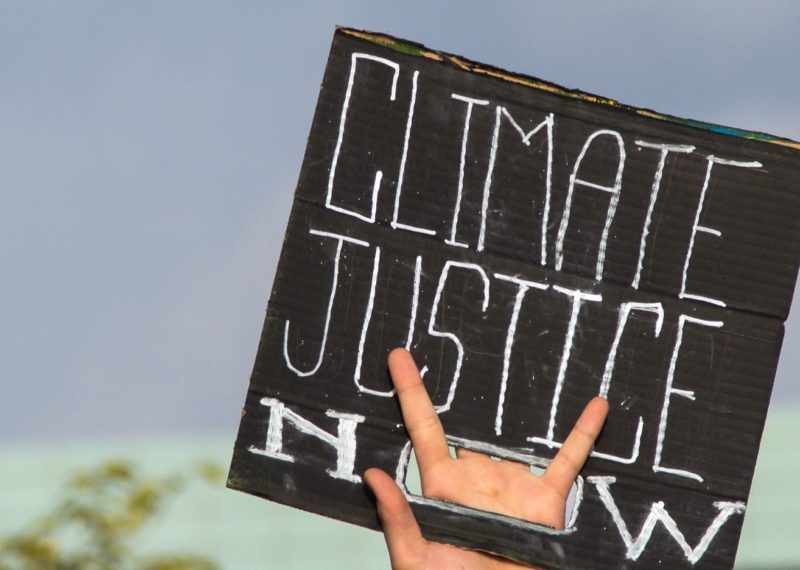For most of 2016, Democrats expected to cruise to an easy electoral victory, claiming the White House — and possibly the Senate — as Republicans flailed on the coattails of Donald Trump. But history took another course. Democrats’ loss in November brought a seismic shift to Washington and highlighted weaknesses in the liberal political structure.
In a recent post for Vox, Harvard political scientist Theda Skocpol writes that “liberal groups are fundraising to defend dozens of separate causes or constituencies, playing into conservative plans to fragment their opponents. Conservatives realize that liberalism too often devolves into a weakly coordinated set of interests and causes.”
Skocpol decried a focus on Washington and called for a unified movement committed to grassroots organizing at the state and local level: pressuring elected officials, writing to newspapers, speaking to church groups and talking with friends and neighbors.
But some organizations are already using this approach, and their work could prove instructive to the larger progressive movement.
Intersectionality’s moment
Take environmental justice organizations, local green groups that fight for clean air, safe water and a vibrant economy.
Environmental justice groups operate at the intersection of progressive issues, where liberal constituencies find common cause. Organizers don’t talk about the environment or climate as discrete issues. Rather, they link climate to jobs, health and social justice. They advocate for a just economy, where everyone has the right to be safe and healthy, and everyone has the chance to get ahead. And they work at the grassroots level.
Intersectionality has marked grassroots movements for decades. Cesar Chavez fought for higher wages — and against toxic pesticides on California farms. The United Church of Christ advocated for economic justice — and against a toxic waste landfill in North Carolina. A young Barack Obama worked to bring a jobs center in a depressed community — and to remove asbestos from public housing in Chicago. Today, environmental justice groups are fighting to limit pollution, to build more wind and solar energy — and to create good-paying jobs in their communities.
This could be intersectionality’s moment. The Women’s March on Washington in January was nominally about women — but environmentalists, feminists and social justice warriors marched in lockstep down Constitution Avenue, united by a shared set of values.
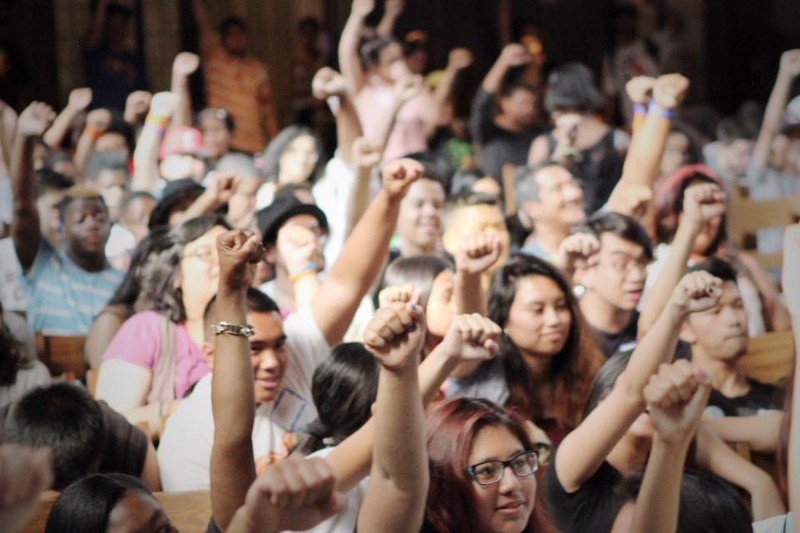
Economic justice as a unifier
Progressives, broadly speaking, want to narrow the income gap and build ladders to the middle class. A focus on economic justice can unite progressive groups that have historically found themselves at odds, like environmental organizations and labor unions.
“What role do workers play? What role do community members play in trying to develop an economy that addresses the root causes — not just the symptoms — of economic and environmental inequality,” said Angela Adrar, executive director of the Climate Justice Alliance, a coalition of community environmental groups.
“The economy is a really strong unifier — not only the economy we are trying to move away from, but the one we are trying to build together,” Adrar said.
Critics like to skewer environmentalists for prioritizing conservation over more salient issues, like job growth. More and more, big green groups are talking about economic opportunity, but for environmental justice groups, jobs were always part of the equation.

“Our communities have to work somewhere. It’s not just enough to have trees and open space,” said Elizabeth Yeampierre, head of UPROSE, a Brooklyn-based environmental justice group. “Our communities have to earn a living.”
Yeampierre said that Trump’s allegiance to oil and gas suggests a dated idea of economic development. To beat climate change, she explained, the U.S. will need to invest heavily in wind and solar, a transition that will create middle-class jobs in manufacturing, construction and installation — the kinds of jobs once abundant in U.S. cities.
“We’re talking about an economy that is not extractive, but regenerative — an economy where we have to build for climate adaptation and resilience. If we start building carbon-neutral, that’s new material. Those are blue-collar jobs. That’s infrastructure. That’s wind and solar,” Yeampierre said. “Those are jobs that not only stimulate the local economies where they’re located. Those are also jobs that address the future needs of communities that are going to be mostly impacted by climate change.”

Starting at the bottom
In recent years, progressives have focused their time and energy on national politics while left-leaning politicians lost seats in statehouses and city councils around the country. Now, Republicans enjoy historic levels of power, and liberals are looking to regain influence at the local level, largely as a matter of necessity.
“I think it’s time to really focus on organizing locally,” said Luis Garden Acosta, head of El Puente, a community development group based in Brooklyn. “We’ve got to burrow down and organize a strong constituency in this country around climate change policy, and the way to do that is to deal with the issues of the environment at [the local level].”
This is where environmental justice groups are most effective, mobilizing community members around locally relevant issues. They work on environmental challenges at the level where they can be seen and felt, tackling toxic pollution from busy highways and gas-fired power plants that causes heart disease and childhood asthma.
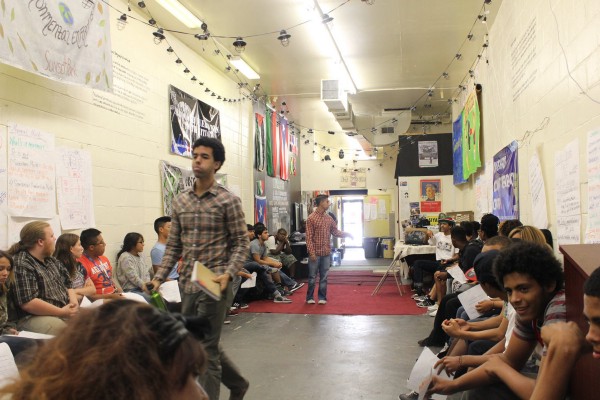
Yeampierre explained that progressive donors like to fund larger groups, but she argued that “per dollar, grassroots organizations are always much more effective.” Her group, UPROSE, successfully fought the construction of a new gas-fired power plant and secured EPA funds to clean up pollution in Sunset Park, Brooklyn. Now, it’s advocating for clean, offshore wind power through public education and local advocacy.
Yeampierre and other environmental organizers said that that big marches and noisy demonstrations are great ways to mobilize people every now and then, but it’s critical to keep community members consistently engaged.
“It’s really important to show up for protests and sit-ins, but we can’t forget about all the work that needs to be done after these are over,” said Brooke Havlik, spokesperson for WE ACT for Environmental Justice, a Harlem-based environmental justice group. “We are really focusing on getting our members to turn out to town halls and political forums.”
Havlik said that organizers need to educate people on the ways that pollution threatens vulnerable groups, like children and the elderly. Organizers need to earn the attention of area news outlets, and they need to urge concerned citizens to speak with their elected officials.
By mobilizing community members around local issues, organizers can build power and gain influence. Eventually, they can work to change federal policy. It was only after years of working at the local level that environmental justice advocates were able to push the EPA to make environmental justice part of its core mission.
“We should continue to shine a spotlight on national policy makers, but we should not depend on that,” said Garden Acosta. “Anything that’s happened in this country in terms of real change has come from the grassroots, and that’s what we have to focus on.”
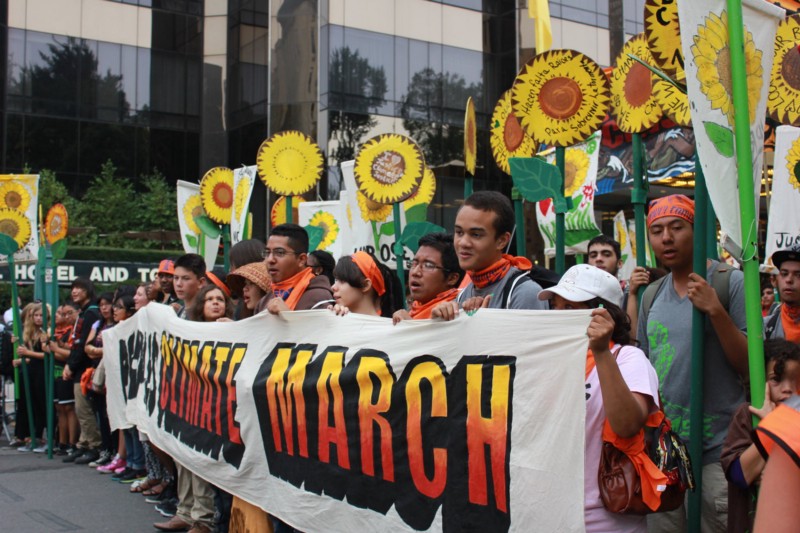
Leading the resistance
Organizers worry how their communities will fare in the Trump era. Working-class Americans, particularly people of color, are the most likely to breathe polluted air and drink contaminated water, and they are the most vulnerable in the face of a severe storms like Hurricane Katrina or Superstorm Sandy. Environmental threats exacerbate inequality, whether in rural Appalachia or the Bronx.
In the face of Trump’s bloated promises to revive coal jobs and his attacks on women and people of color, environmental justice groups plan to lead the resistance to policies that favor the wealthy and disregard the environment.
“We started mobilizing the moment he was elected,” Yeampierre said. “We amped up our mobilizing and our organizing, our base-building and our community education.”
Trump is overwhelmingly appointing wealthy, white men, many of whom are climate change deniers. His cabinet is the richest in history and the first in nearly three decades not to include a Latino. Trump wants to roll back Obama-era environmental protections and slash funding for the Environmental Protection Agency. And his picks to lead the Justice Department and the EPA are distinct threats to environmental justice.
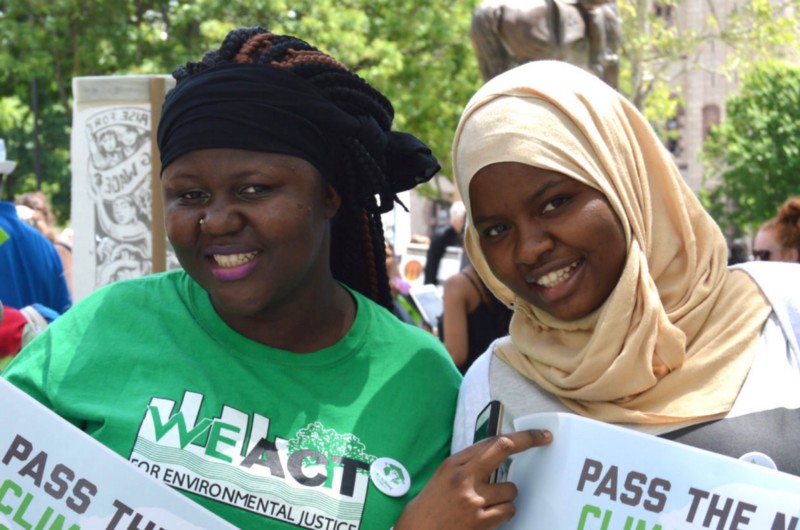
But, if anything, Trump has catalyzed the movement.
“We’ve been through periods in this country when progressive actions weren’t supported by policy and policymakers, and yet we made great gains,” said Garden Acosta. Adrar echoed his sentiment.
“We’ve never seen a need for civic engagement more than we see it now, and there’s no excuse for anybody not to be engaging with their neighbors, engaging with their community in a way that creates change,” said Adrar. “We have to grow a serious movement from the grassroots in the U.S. that we’ve never seen before.”
Faced with the fight of their lives, organizers feel energized and empowered, ready to take on a hostile administration one battle at a time.
“This is going to bring out the best in us,” said Yeampierre. “This is going to make it possible for us to work more strategically. It’s going to help us build our base. It’s going to help us build a groundswell of climate consciousness. This can either make us or break us, so we are all going to have to be our best selves.”
“You have a government that you could have never imagined,” she said, “but we have to work for a future that we all imagine.”
Jeremy Deaton writes for Nexus Media, a syndicated newswire covering climate, energy, policy, art and culture. You can follow him at @deaton_jeremy.

